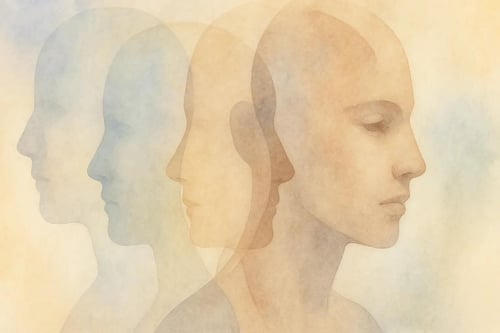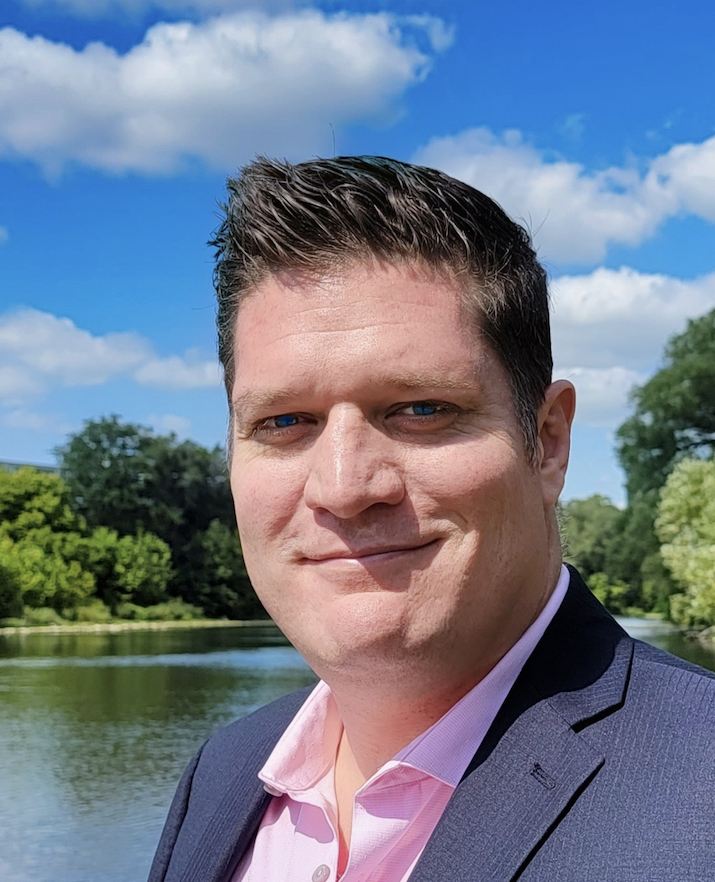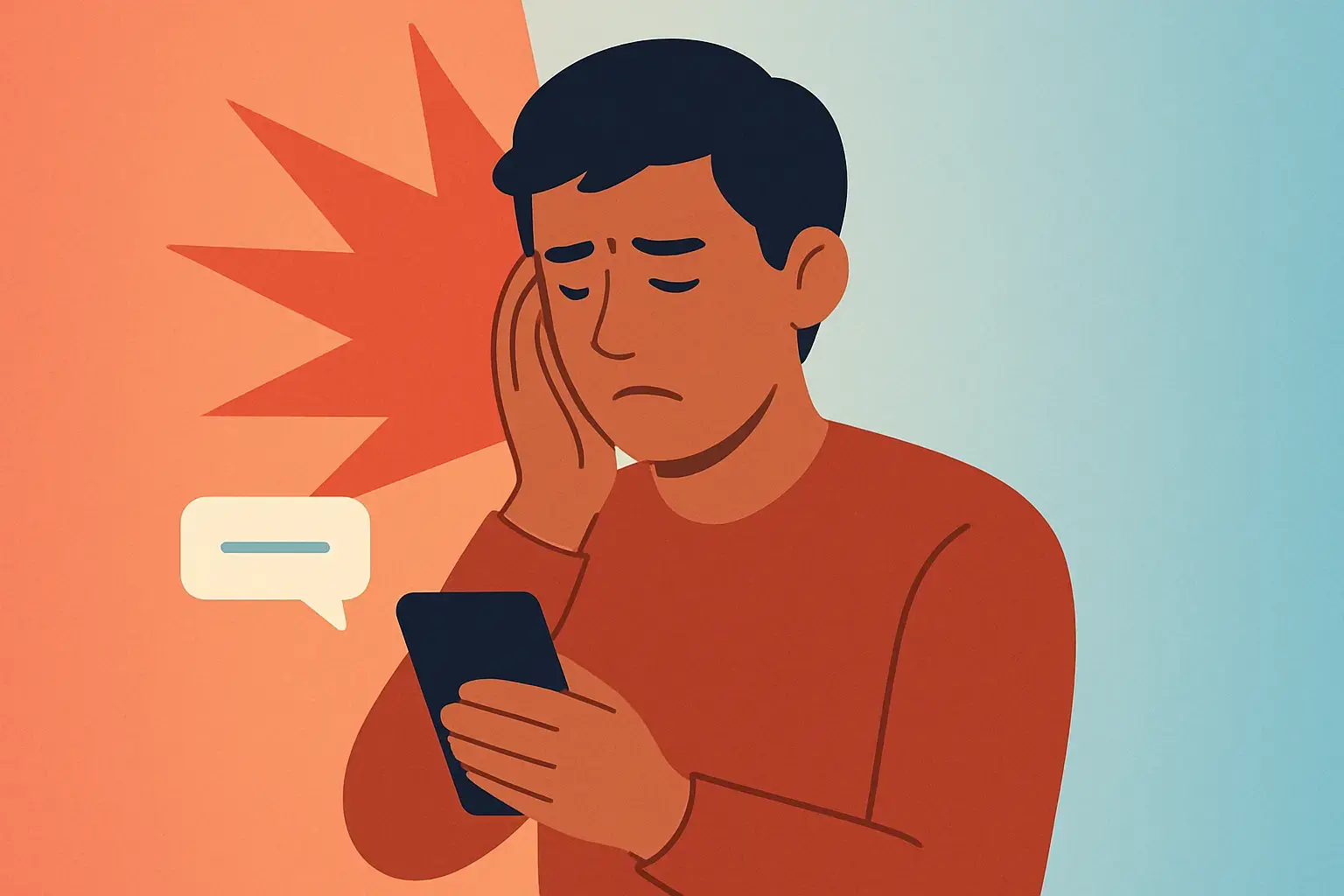Unmasking in Everyday Life: A Neurodivergent Reality

Exploring masking neurodivergence, the strategies we use to fit in, and the fatigue that follows.
“The most exhausting thing in life, I have found, is being insincere.” — Anne Morrow Lindbergh
For many neurodivergent adults, masking isn’t about insincerity; it’s about survival. Yet the cost of hiding one’s authentic self can feel like carrying an invisible weight every single day.
If burnout has accompanied masking, my article on the neurodivergent high-achieving trap may resonate.
What Does Masking Neurodivergence Mean?
At its core, every human being longs to be accepted as they are. Yet, society often rewards sameness and conformity, leaving little room for individual differences. For neurodivergent people—those with ADHD, autism, AuDHD, giftedness, or other invisible differences—this reality becomes especially pressing.
Masking neurodivergence refers to the conscious or unconscious effort to hide or suppress traits that might be seen as “different.” This may look like:
- Forcing eye contact even when it feels uncomfortable.
- Rehearsing small talk before a social event.
- Mimicking the tone or gestures of peers.
- Suppressing stimming, fidgeting, or repetitive movements.
- Carefully monitor speech to avoid interruptions or tangents.
- Overcompensating with perfectionism, politeness, or people-pleasing.
These neurodivergent masking strategies are adaptive responses to environments that weren’t designed with neurodiverse minds in mind. Many begin in childhood, where “fitting in” equates to a sense of safety. Over time, masking becomes so automatic that some adults describe feeling unsure where the mask ends and their true self begins.
Where in your daily life do you feel safest to unmask, even slightly?
The Cost of Masking: Understanding Masking Fatigue
While masking may create temporary safety, it also carries a hidden cost: masking fatigue.
Unlike ordinary tiredness, masking fatigue is a deep, embodied exhaustion. It stems from the constant self-monitoring, hyper-vigilance, and pressure to perform according to expectations that feel unnatural.
Masking fatigue may show up as:
- Burnout or shutdowns after prolonged social interaction.
- Heightened anxiety or depression, often without an obvious cause.
- Physical symptoms like headaches, muscle tension, or digestive distress.
- Dissociation or disconnection from self—a sense of losing touch with what feels authentic.
It’s important to note: masking is not a sign of weakness or inauthenticity. It is a resilient, creative survival strategy. The body and mind chose it for good reason. The challenge emerges when it becomes the only strategy, leaving little space to rest or breathe as one’s authentic self.
Common Neurodivergent Masking Strategies
Every neurodivergent person’s experience of masking is unique. Still, many share overlapping strategies that echo across stories:
- Camouflaging: Adopting mannerisms, facial expressions, or tones of voice that match those around them.
- Social scripting: Preparing phrases or jokes in advance to avoid awkward silences.
- Behavioural suppression: Holding back natural stims, fidgets, or movements.
- Overachievement: Pouring energy into perfectionism or productivity as a way to “make up” for perceived differences.
- Emotion regulation: Hiding overwhelm, frustration, or sensory distress to avoid judgment.
- Overcompensation: Being “too agreeable” or self-effacing to ensure social acceptance.
These strategies are not flaws—they are intelligent ways of navigating a world that often misunderstands difference. Yet over time, they can contribute to the profound fatigue many neurodivergent people carry.
Which neurodivergent masking strategies feel most draining, and which feel protective?
Tools for Gentle Unmasking
Unmasking is not about suddenly revealing everything or discarding all strategies. It’s about cultivating choice: learning where, when, and with whom it feels safe to lower the mask.
Therapy and self-exploration can provide tools for navigating this delicate balance. Some helpful approaches include:
Acceptance and Commitment Therapy (ACT)
ACT emphasizes living in alignment with personal values rather than rigidly chasing external approval. Asking questions like, “What matters to me in this moment?” can help guide when to unmask and when to protect oneself.
Dialectical Behaviour Therapy (DBT)
DBT offers practical skills in emotional regulation and interpersonal effectiveness. These can support unmasking by helping individuals manage difficult interactions without defaulting to rigid masking strategies.
Compassion-Focused Therapy (CFT)
CFT reframes masking not as failure, but as a compassionate part of oneself that has been working hard to protect. By meeting masking with kindness, individuals can begin to soften its grip.
How might you offer compassion to the parts of you that learned to mask to survive?
Some Practical Tools for Unmasking
Safe People Inventory
Make a list of friends, family members, or colleagues where you feel most accepted. Start practicing small unmasking moments with them.
Environmental Tweaks
Adjust lighting, clothing, music, or workspace to match your sensory needs instead of conforming to what’s “normal.”
Stimming Permission
Keep fidgets, chewables, or movement breaks handy. Reclaim stimming as a valid, helpful form of self-regulation rather than something to suppress.
Values-Based Journaling
Write about what authenticity means to you, and track small moments when you acted in alignment with that.
Energy Mapping
Pay attention to which people, places, or activities leave you drained (high masking) vs. replenished (low masking). Use this to make small shifts.
Time Alone to “De-Mask”
Build decompression time into your day where you don’t need to perform—whether that’s taking a walk, putting on noise-cancelling headphones, or sitting in silence.
Micro-Unmasking Experiments
Choose one tiny way to unmask (e.g., letting yourself stim during a Zoom meeting, sharing a small truth about your preferences). Reflect on how it felt.
Community Connection
Spending time in neurodivergent spaces (online or offline) often reduces the need to mask. Shared language and validation make authenticity easier.
Creative Expression
Art, writing, music, or fashion can be ways of expressing your authentic self without needing to explain or justify.
Body Listening
Notice physical cues of comfort vs. tension when masking. Use this awareness as gentle feedback about where it feels safer to unmask.
The Existential Side of Unmasking
Philosopher Søren Kierkegaard once wrote: “The most common form of despair is not being who you are.” For many neurodivergent adults, this despair resonates deeply. But unmasking is not about abandoning safety or rushing toward authenticity at all costs.
Instead, unmasking is a gradual act of reclamation. It is the slow building of trust—with oneself, with chosen communities, and with environments that can hold difference without judgment.
Authenticity, in this sense, is not a sudden unveiling. It is a practice of noticing where masks are heavy and permitting yourself to set them down, even briefly.
Unmasking can be seen less as a destination and more as an unfolding—an ongoing negotiation between safety and freedom, protection and truth.
Who in your life feels like a safe companion for your unmasked self?
To explore how identity shapes masking, you may appreciate the role of identity in neurodivergent healing.
Finding Support
Masking was never your failure—it was your resilience. And unmasking is not about abandoning those strategies, but about reclaiming freedom and choice in where and how you use them.
At Becoming Yourself Counselling & Consulting, we walk alongside neurodivergent adults in the journey of self-discovery and unmasking. Together, we explore how to create spaces of safety, reconnect with values, and slowly allow authenticity to breathe.
What small experiments in authenticity might you try this week?
If masking has played a role in your life, you may find deeper reflection on my page for lived-experience autistic support.
Frequently Asked Questions on Neurodivergent Masking and Masking Fatigue
What does masking neurodivergence mean?
Masking neurodivergence is when a person hides or changes traits connected to ADHD, autism, AuDHD, or other forms of neurodivergence to “fit in” with neurotypical expectations. This might include suppressing natural behaviours like stimming, forcing eye contact, or following social scripts even when it feels draining. While these strategies can make social interactions feel safer, they often come at the cost of authenticity and contribute to long-term masking fatigue.
What are examples of neurodivergent masking strategies?
Common neurodivergent masking strategies include mimicking facial expressions, copying the speech patterns of others, rehearsing conversations, holding back from fidgeting, and overcompensating with politeness or perfectionism. Some people also mask by people-pleasing or working harder than others to hide difficulties with executive functioning. These masking strategies can help reduce judgment or misunderstanding in the moment, but they also increase stress over time and may lead to burnout.
What is masking fatigue?
Masking fatigue is the deep exhaustion that builds up when someone is constantly monitoring their behaviour to appear more “acceptable.” Unlike normal tiredness, masking fatigue affects both the mind and body. It can feel like a social hangover, emotional burnout, or even physical pain. People experiencing masking fatigue often describe headaches, muscle tension, digestive issues, or a sense of being disconnected from themselves. This fatigue highlights how demanding it can be to continuously hide neurodivergent traits.
Is unmasking always safe?
Unmasking is not always safe in every environment. Some workplaces, schools, or social groups may still hold stigma about neurodivergence. For this reason, many people practice selective unmasking—choosing specific contexts, people, or communities where authenticity feels possible. It’s not about abandoning masking altogether but about creating a balance between protection and freedom. Over time, identifying safe spaces for unmasking helps reduce masking fatigue and strengthens self-acceptance.
How can you start unmasking without therapy?
While therapy can help, unmasking does not require professional support to begin. Everyday tools include journaling about where you feel most authentic, connecting with neurodivergent peers or online communities, giving yourself permission to stim or fidget, and adjusting your environment (lighting, clothing, sensory breaks) to meet your needs. Even small acts of authenticity—like sharing a preference honestly or letting your natural communication style show—can reduce the pressure of constant masking. Over time, these small choices help shift from survival mode toward more genuine living.
You may also like Masking & High-Achieving Trap and Self-Compassion practices for Neurodivergent Burnout.

Michael Holker HBA, BSW, MSW
Michael Holker, MSW, RSW, is the compassionate heart behind Becoming Yourself Counselling. Discovering his own neurodivergence later in life shaped his existential, humanistic, and strengths-based approach to therapy. Guided by his lived experience, Michael helps neurodivergent individuals move beyond self-criticism toward self-understanding, self-compassion, and self-acceptance. His work invites clients to honour their journeys, embrace their resilience, and reconnect with their authentic selves, cultivating a life of greater alignment and meaning.


